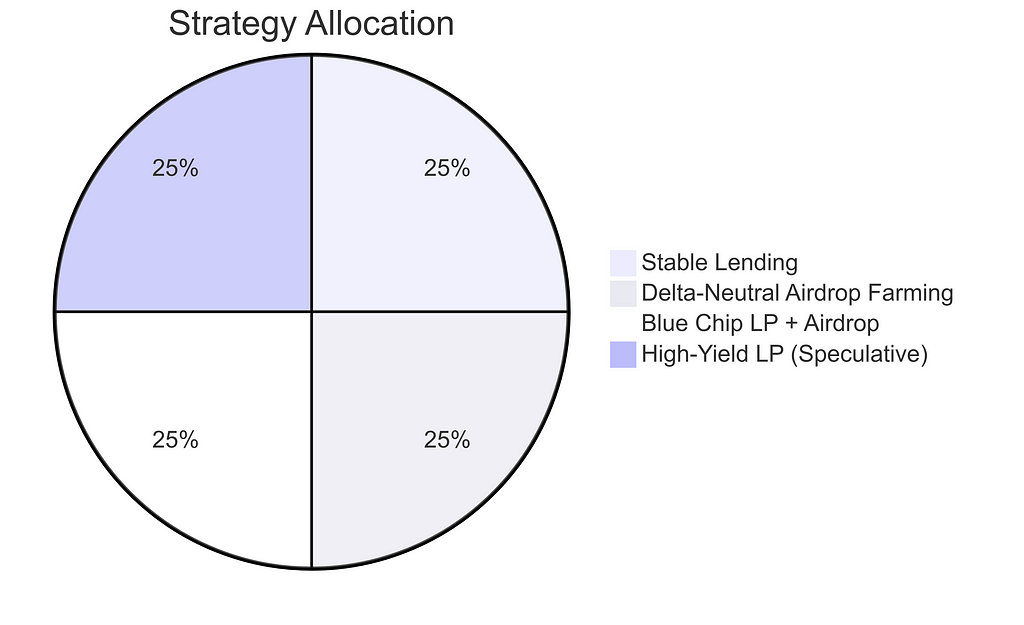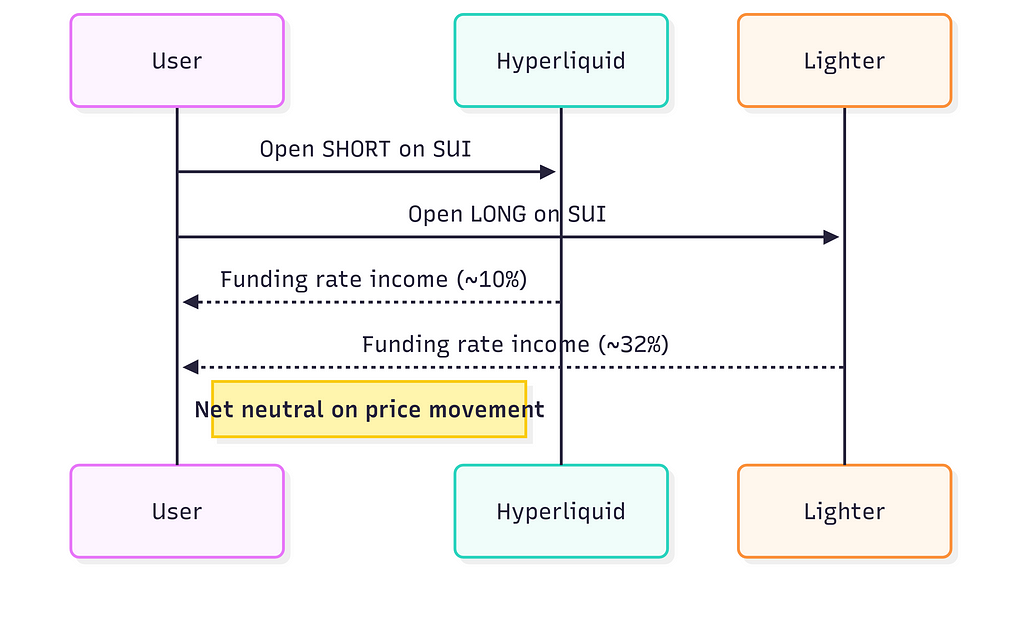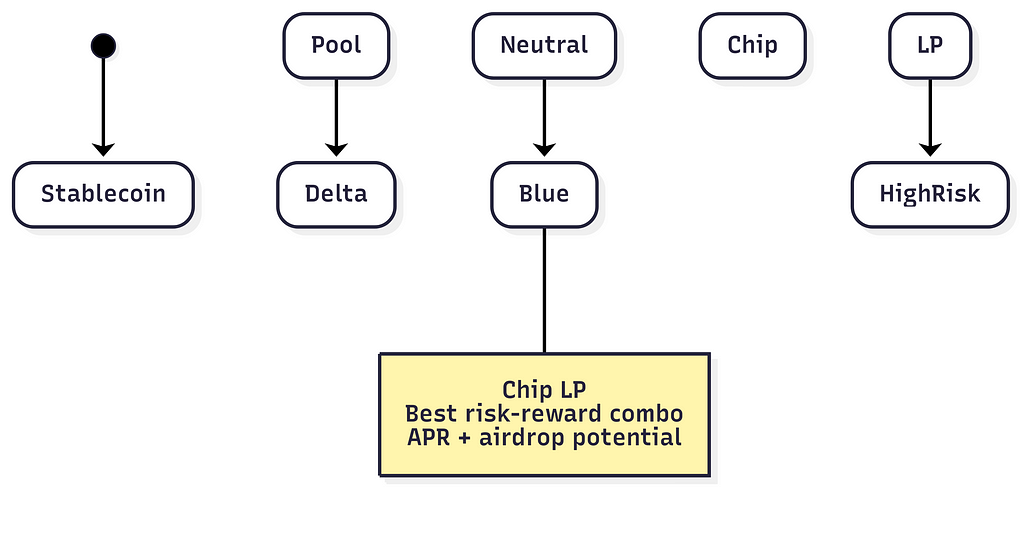FOR IMMEDIATE RELEASE
November 19, 2025
United States
The Step and Repeat banner, a distinctive visual element at gatherings worldwide, maintains its prominence as a fundamental tool for event organizers, businesses, and public figures seeking heightened visibility. Originating from the world of celebrity gatherings and photo calls, these branded backdrops have expanded their utility, becoming a staple across a diverse array of events, from professional trade shows to personal celebrations.
A Step and Repeat banner features a repeating pattern of logos, sponsor names, or other brand elements, providing a consistent visual background for photography and media interviews. Its primary design purpose is to establish immediate brand visibility, allowing companies and individuals to maximize exposure through shared images and videos from their events. This repeated visual presence ensures that every photograph taken against the backdrop implicitly carries the event's identity or its sponsors' messages, creating numerous photo opportunities that extend brand promotion far beyond the physical location.
The versatility of the Step and Repeat banner extends to its construction. These backdrops are available in various materials and stand configurations to meet differing event needs and budgets. Vinyl banners, known for their durability and cost-effectiveness, are a frequent selection, particularly for outdoor use or settings where cleaning is straightforward. While vinyl surfaces can exhibit glare under flash photography, advances in printing technology have introduced matte finishes to reduce this effect. Conversely, fabric banners provide a premium appearance with a soft, non-glare finish, making them highly desirable for high-profile indoor events like Red Carpet Events and gala celebrations. Fabric options are often wrinkle-resistant, portraying a polished visual impact.
The physical support for these backdrops also presents choices. The banner stand is an integral component, offering portability and ease of assembly. Telescopic stands provide adjustable width and height, accommodating various space requirements and banner sizes. For a more seamless and taut presentation, pop-up banner stands, often utilizing tension fabric displays, create a smooth, wall-like effect, frequently referred to as a Media Wall or Logo Wall. These portable display systems simplify setup and breakdown, an advantage for event event planning teams.
Effective design remains central to a Step and Repeat banner's effectiveness. Custom design services specialize in arranging logos with appropriate spacing and repetition to ensure each brand mark is clear and unobstructed in photographs. High-quality printing is paramount, necessitating high-resolution graphics, typically vector files, to prevent pixelation when scaled for large format printing. Graphic design professionals guide clients in selecting suitable color modes and ensuring adherence to brand guidelines for a cohesive and professional presentation.
The application of Step and Repeat banners spans a wide spectrum of events. At Corporate Events and Trade Shows, they act as powerful tools for event marketing, attracting attendees and providing a consistent backdrop for interviews and company announcements. During Press Conferences, the repetition of logos reinforces sponsor recognition for media outlets. At private gatherings such as weddings or parties, personalized photo backdrops featuring monograms or themed graphics enhance the celebratory atmosphere and create memorable picture opportunities. Sponsorships are frequently highlighted on these banners, providing tangible value to contributing organizations through repeated exposure.
The continued evolution of digital marketing and social media platforms amplifies the value of Step and Repeat banners. Images captured against these backdrops are readily shared across social channels, generating organic reach and amplifying brand messages to broader audiences. This digital footprint extends the life of the event's visual branding, providing enduring returns on investment for advertising efforts.
Companies specializing in printing services offer a range of custom banners solutions, working with clients to determine the ideal materials, sizes, and stand types for their specific needs. From initial graphic design concepts to final large format printing and delivery, these providers help businesses and individuals translate their branding aspirations into a physical photo backdrop that makes a statement.
The Step and Repeat banner remains an indispensable asset for effective brand promotion and visual communication at any significant gathering. Its simplicity in concept belies its powerful capacity to elevate an event's profile and deliver sustained brand visibility in an increasingly visual world.
Apex Display Solutions is a leading provider of high-quality event display products, specializing in custom Step and Repeat banners, Media Walls, and trade show exhibits. With a focus on superior printing services and custom design, Apex Display Solutions helps clients achieve impactful brand visibility at Corporate Events, Trade Shows, and special occasions.
--You received this message because you are subscribed to the Google Groups "Broadcaster" group.
To unsubscribe from this group and stop receiving emails from it, send an email to broadcaster-news+unsubscribe@googlegroups.com.
To view this discussion visit https://groups.google.com/d/msgid/broadcaster-news/110036db-3533-4cbd-a370-f5b28be8942en%40googlegroups.com.









